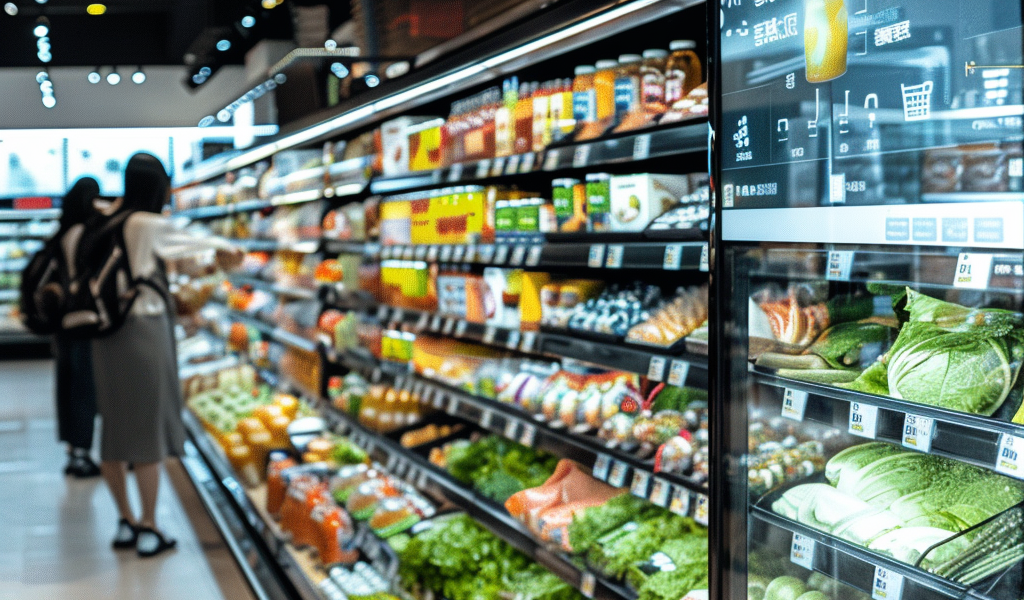A new era in grocery shopping is on the horizon as major retailers like Walmart are embracing electronic shelf labels to revolutionize the way prices are displayed and managed. The traditional paper price stickers are making way for digital tags that offer a range of benefits for both retailers and customers.
With electronic shelf labels, prices can now be adjusted in real-time, allowing stores to respond swiftly to market conditions and customer demand. This dynamic pricing strategy, similar to surge pricing used by companies like Uber, enables retailers to optimize pricing based on various factors such as weather conditions and product expiration dates.
Walmart recently announced its plan to roll out electronic shelf labels in 2,300 stores by 2026. While the focus has been on increased productivity and efficiency, the potential for personalized product information is also a key feature of these digital labels. By scanning barcodes on the labels, customers can access detailed product descriptions, including sourcing information and dietary attributes like gluten-free or keto-friendly.
Industry experts believe that the shift towards electronic shelf labels is driven not only by the need for cost-saving measures in labor but also by the desire to enhance the overall shopping experience. Retailers can streamline operations, reduce manual tasks, and improve inventory management with the implementation of digitized shelf labels.
Major grocery chains like Whole Foods, Amazon Fresh, and Schnucks have already adopted electronic shelf labels, following a trend that is more prevalent in European stores. The convenience and flexibility offered by these digital labels are reshaping the retail landscape and setting new standards for pricing transparency and customer engagement.
As the retail industry continues to evolve, electronic shelf labels are poised to become a common sight in supermarkets, offering a glimpse into the future of retail technology and customer interaction.





